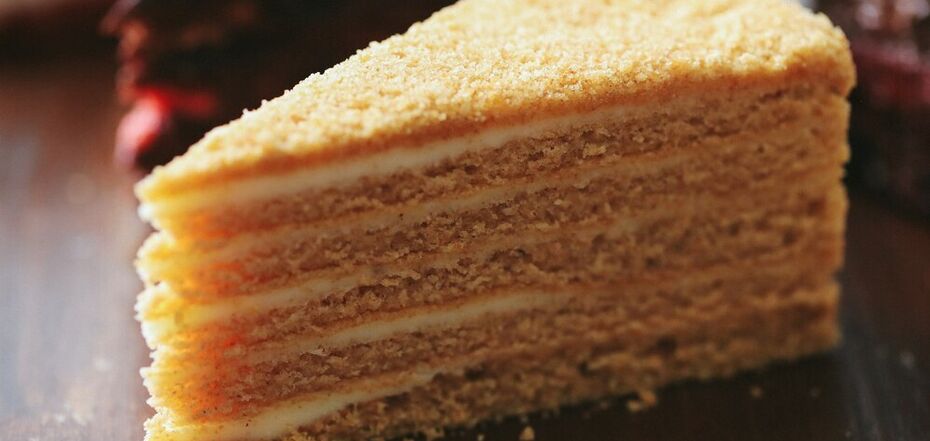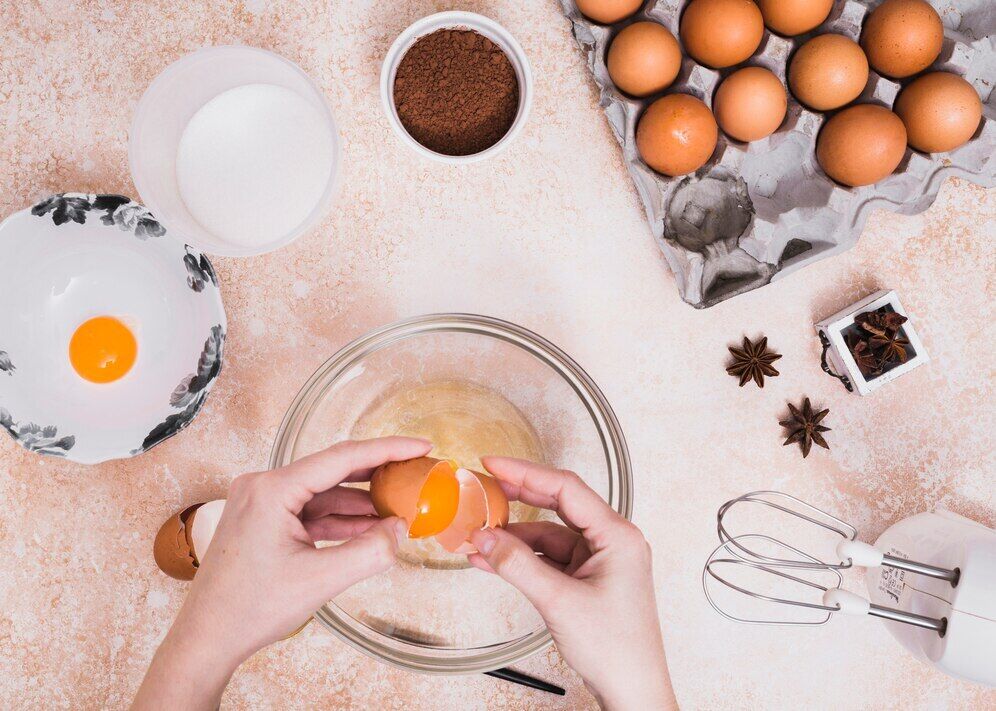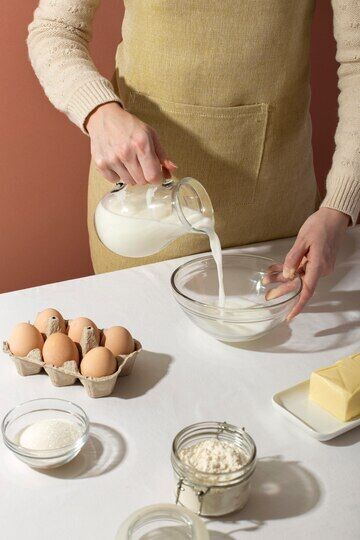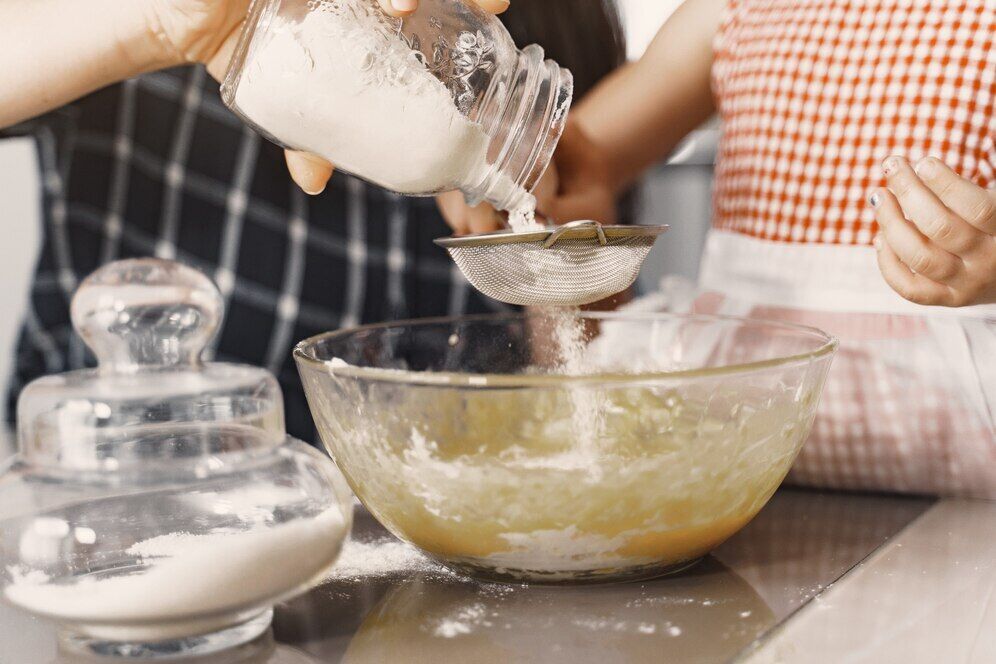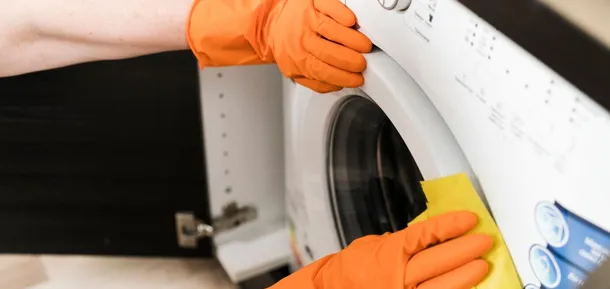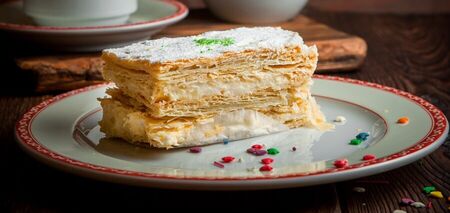News
Never make a sponge cake like this: mistakes that cause the dough to fall off and turn out to be clogged
Sponge cake is one of the most popular bases for cakes and desserts, but making it can be a real challenge. Often, instead of fluffy and airy dough, housewives are faced with low, cracked, or undercooked cakes. The main reason is mistakes that can be avoided if you know the key rules. A successful sponge cake depends on the proper preparation of ingredients, temperature, and whipping technique.
The FoodOboz editorial team will tell you what mistakes you shouldn't make so that your sponge cake always turns out perfect. Just a few important nuances can completely change the texture and taste of a dessert.
Wrong number of eggs
The common belief that more eggs will make a better sponge cake is wrong. The optimal ratio for a fluffy dough is 4 eggs per 100 g of sugar and 100 g of flour. Increasing the number of eggs can make the sponge cake heavy and too dense.
Incorrect egg whipping technique
Whipping the egg whites and yolks separately not only complicates the process but can also make the sponge cake texture rubbery. It is more efficient to beat the eggs together: use a powerful mixer to achieve the desired consistency in 7-15 minutes, depending on the power of the device.
Ignoring the temperature regime
The ideal baking temperature for a sponge cake is 185°C. It is important that the oven is well preheated before baking, and that the temperature is accurate with a kitchen thermometer. Household ovens often give inaccurate readings, which can affect the result.
Under- or over-mixing the dough
Mix the ingredients gently to preserve the air bubbles that form when the eggs are beaten. Over-mixing can destroy them, and under-mixing can leave lumps of flour.
Opening the oven suddenly during baking
A sudden change in temperature due to the opening of the oven door can cause the sponge cake to settle. Therefore, do not open the oven at all for the first 25 minutes of baking.
How to avoid mistakes
- Use a kitchen scale to accurately measure the ingredients.
- Beat the eggs properly: keep the mixer at a medium speed and monitor the consistency.
- Check the oven with a thermometer to avoid temperature fluctuations.
- Mix the ingredients carefully to avoid disturbing the texture of the dough.
- Observe the baking time and avoid interfering with the process.


